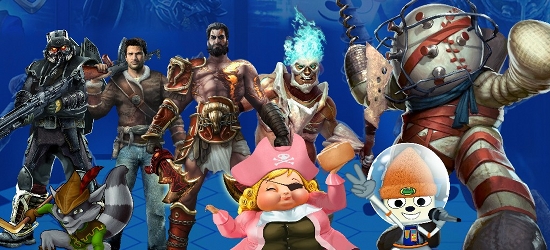On the surface, I’m sure PSASBR will be derided for the way it honors the originator of the cross-over IP brawler Super Smash Bros, but when you dig deeper into the game’s mechanics, it becomes apparent that SuperBot Entertainment is out to make a name for itself in the fighting community.
But how? How can a game so easily brushed aside as a “clone” establish a unique identity that appeals to both casual-couch brawlers and fighting game fanatics alike?
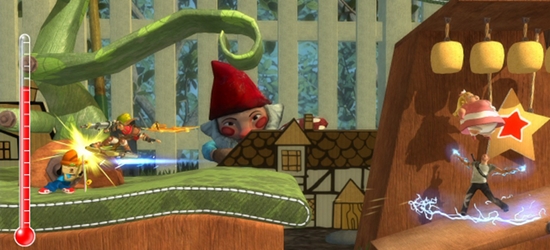
The most important difference to note between Smash and All-Stars is the massive role the super meter plays in SuperBot’s game. Instead of grinding up damage on your opponent to knock them off the level, you’re grinding up meter energy for your own special attack.
This is instantly reminiscent of the resurgence of the fighting genre and it’s reliance on “meter,” energy bars that determine the power behind special attacks or whether a player can pull of a special attack at all. The most relatable example of meter in relation to All-Stars is Mortal Kombat.
In 2011’s reboot, a full meter meant a game-changing X-ray attack, a high damage move that put emphasis on the balance between two players in any given match. Even if a player was on the ropes, a full meter could bring them right back into contention.
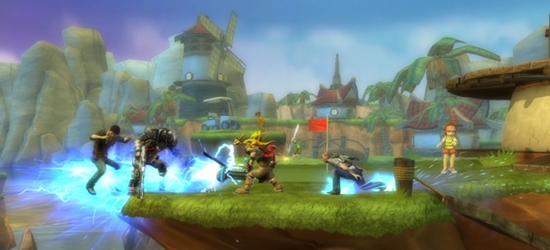
The same goes for PlayStation All-Stars Battle Royale, though there are three tiers of meter to contend with. The first is a 1-level meter attack. For Kratos, this is a huge sweep of his sword. Anyone caught in that limited reach is instantly killed. While you can only use it once, this low-level attack is easy to build up to and requires little recovery time if you miss.
Continuing with Kratos as an example, the second level special attack increases the breadth of effect, but begins to teeter over risk and reward. With two levels of energy, Kratos can turn into a tornado that catches all opponents in the vertical space above him for an instant kill.
The third and final tier of special move transforms Kratos into a hulking titan of death. Anyone Kratos hits in a limited amount of time is instantly killed. This is the penultimate balance between risk and reward.
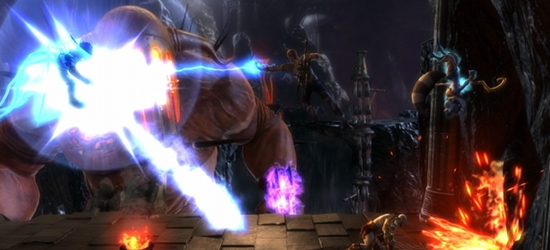
Saving up energy for a third-level special is risky because you might never get to use that move. Time could run out or your could have your energy sapped by another player’s special move. The reward is obvious: killing lots of opponents and scoring a bunch of points.
I use Kratos as an example here because I notably fell victim to the risk-reward proposition in a match during the private beta. In one match, I dominated by cashing in my meter for several 1st-level moves.
In the next match, I comfortably found myself coasting towards victory with the same strategy, only for another Kratos to activate a third-level special in the final seconds. I say that he got lucky, but only because I’m a sore loser.
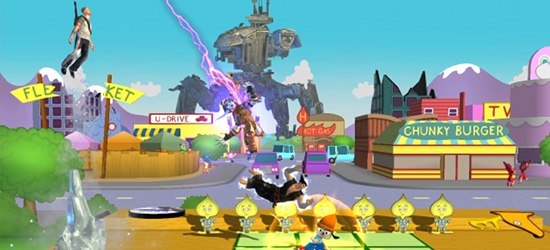
All-Stars Battle Royale has the potential to be quite a bit more entertaining than Smash Bros in the way it doesn’t rely so heavily on ring-outs. The arenas in PSASBR become boxes, with players bouncing off the walls that contain them.
There’s a high-level of randomocity that occurs in matches, but that’s a staple of the brawler genre and a product of the zany mish-mash of characters. If today’s the last day I see a God of War hydra chowing down on Ratchet and Clank‘s Captain Qwark, it’ll be a sad day indeed. PlayStation All-Stars Battle Royale is slated for release October 23rd.
